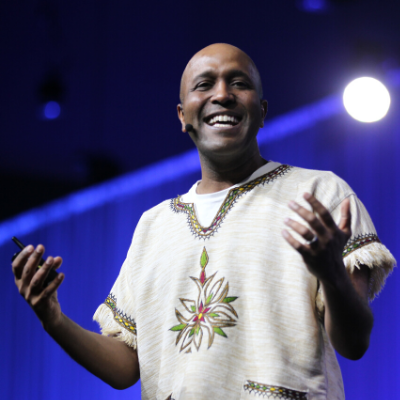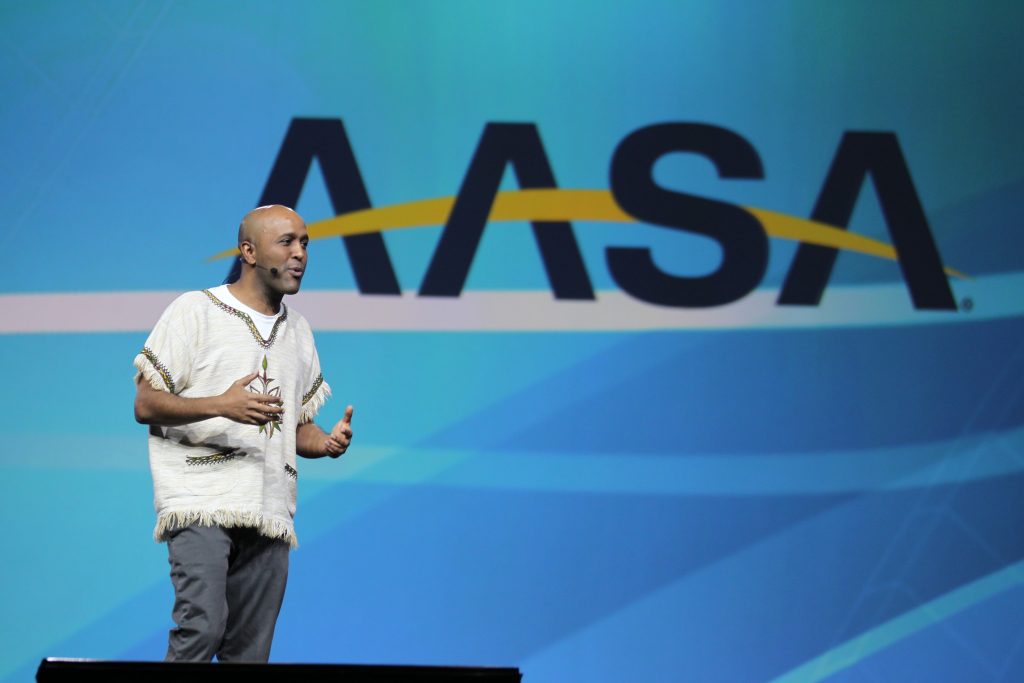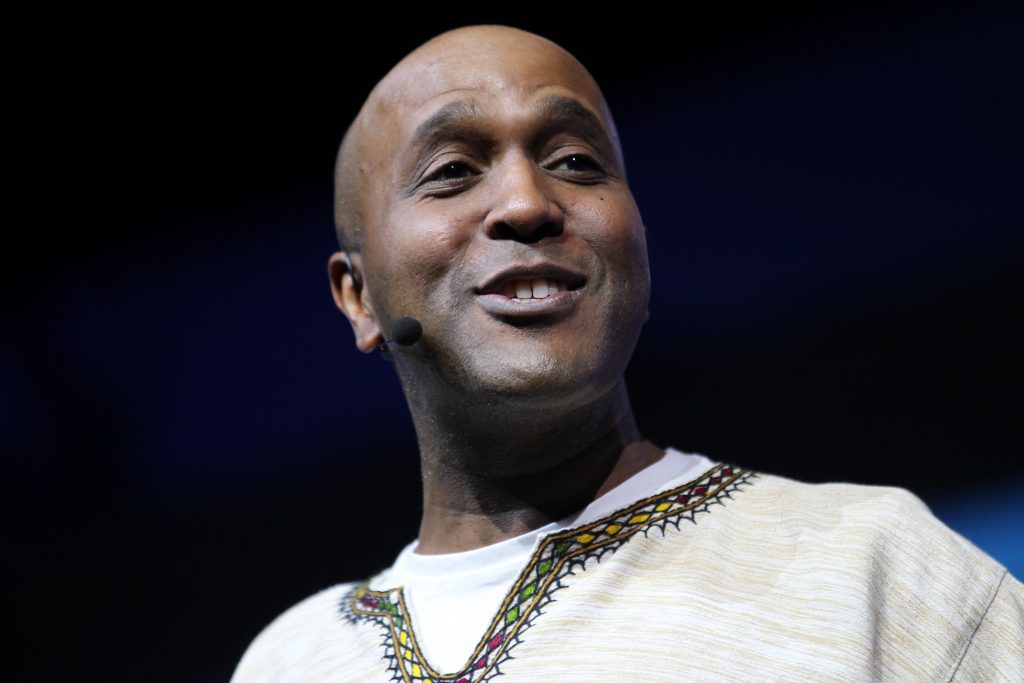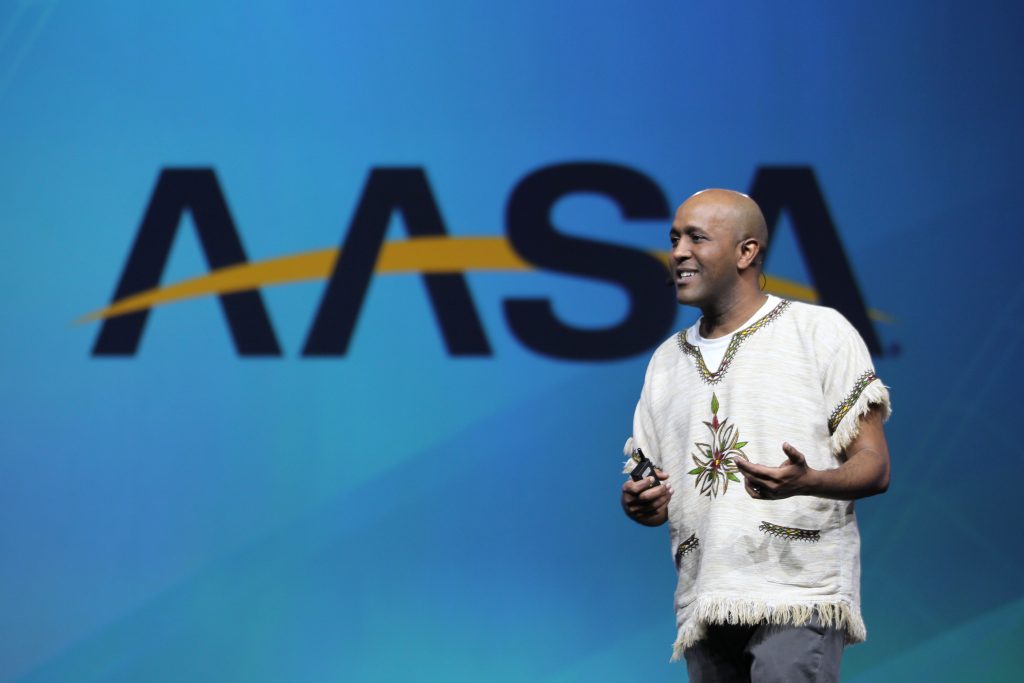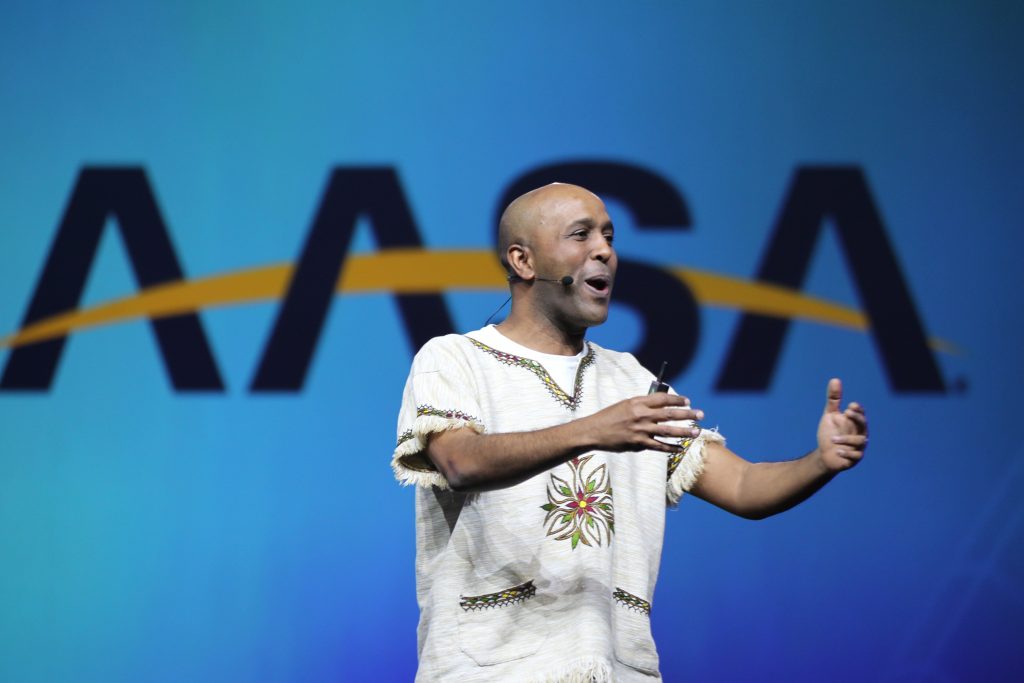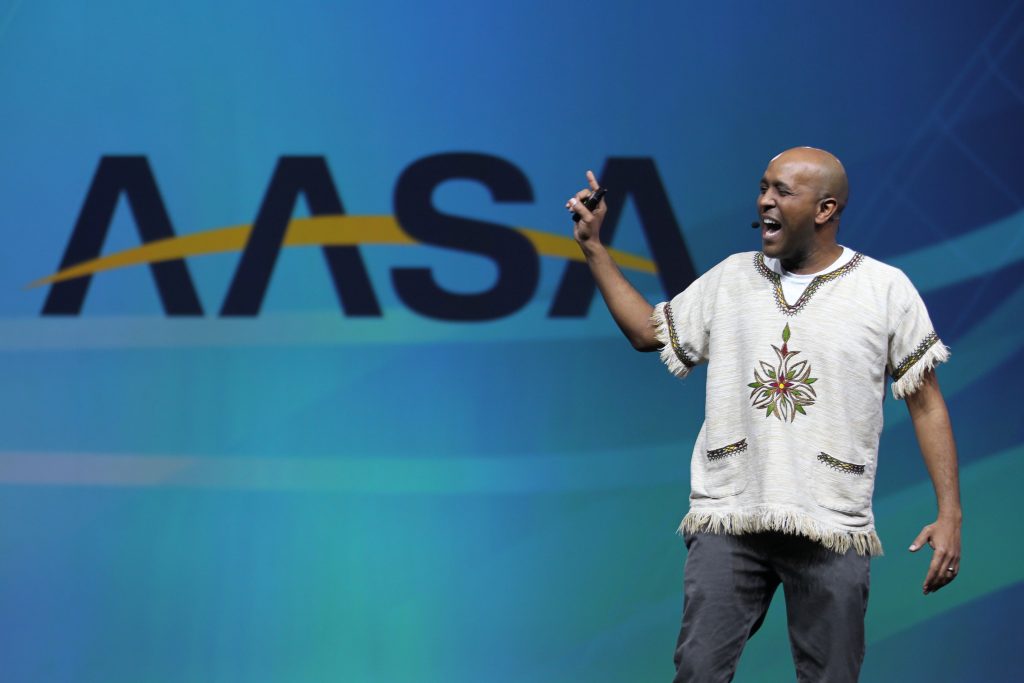At the age of 6, Mawi Asgedom arrived in the United States after three years in a Sudan refugee camp and an earlier escape from civil war in his home country of Ethiopia. His immigrant family struggled to survive, financially and beyond. By the eighth grade, Asgedom had reached a crisis point: He was failing in school ─ and, perhaps, life.
But then something happened, adults in school and in the community began to take notice of the child “who smelled of garlic and onions” (primary ingredients in Ethiopian cuisine at home) and acted accordingly, nurturing and mentoring Asgedom, who graduated high school with honors, attended Harvard and then paused to ask himself how he had gotten to where he was.
Social-Emotional Learning is a big topic in public education these days. It’s the idea that education must the address the needs of the whole child, emotionally as well as cognitively, for real success in school and later life. Asgedom realized that the teachers and adults who had helped him had practiced a kind of SEL, though it wasn’t called that. He decided to make that grateful experience his life’s work.
As the keynote speaker at Saturday’s 3rd General Session to close out the AASA 2020 National Conference on Education, Asgedom, who founded Mawi Learning, offered an abbreviated but energetic and motivational summary of three elements of SEL that can – and should be – applied to not just students, but staff, teachers and colleagues.
No. 1: See the invisible. Early in his academic career, Asgedom said he felt invisible, overlooked and uncared for by both his classmates and his teachers. It’s not an uncommon experience, he said. “Too many kids are left out. They feel like they don’t exist, that if they suddenly stopped going to school, no one would notice.
“School administrators should see every kid. I know, people will say, ‘But my school has 500 students, how can I see and get to know all of them?’ To that, I say two is better than one and one is better than none. Reach out and see the kid in front of you. Create a culture in your administration so that everyone is doing the same and soon, every student will be seen.”
The act of seeing is the act of doing. By recognizing the humanity of children, it’s easier to act on their behalf, he said. The same is true for staff, who may also feel invisible or irrelevant to district goals and mandates.
No. 2: Life comes in two flavors: external and internal, said Asgedom. The external encompasses everything that happens around you, often beyond your control. If you focus primarily upon it, you will inevitably feel powerless. Instead, look inside, to your own talents, intelligence, energy, time, family and friends, draw upon these resources, he said. “We all know this, but it bears stating, ‘People are our greatest resource.’ It’s the superintendent’s job to empower others to achieve their best.” People who look within for strength tend to find their “turbo button,” an ability to do more, better, faster than they might have imagined and avoid the “victim button,” which says they have no control over what happens to them or others.
No. 3: SEL isn’t just about feeling good and being a part of a larger community, said Agsedom. It demands growth, a constant expansion of capability and achievement. Agsedom describes it as two concentric circles. At the center is the “can do” button surrounded by “not yet.” The goal is not necessarily to accomplish every stated goal – Agsedom is a big believer in setting out explicit goals – but in constantly expanding the “can do” button, however incrementally. “Failure is not doing anything,” he said.
Agsedom’s call to action was a call for courage. SEL can seem soft, a movement based on the warm and fuzzy, but in fact it’s about the difficult challenges of seeing and embracing all students, staff, teachers, families and communities. It’s about finding ways to help people tap into their internal strengths and resources and relentlessly becoming better than before.
(Scott LaFee is media relations director at UCSD Health in San Diego.)

